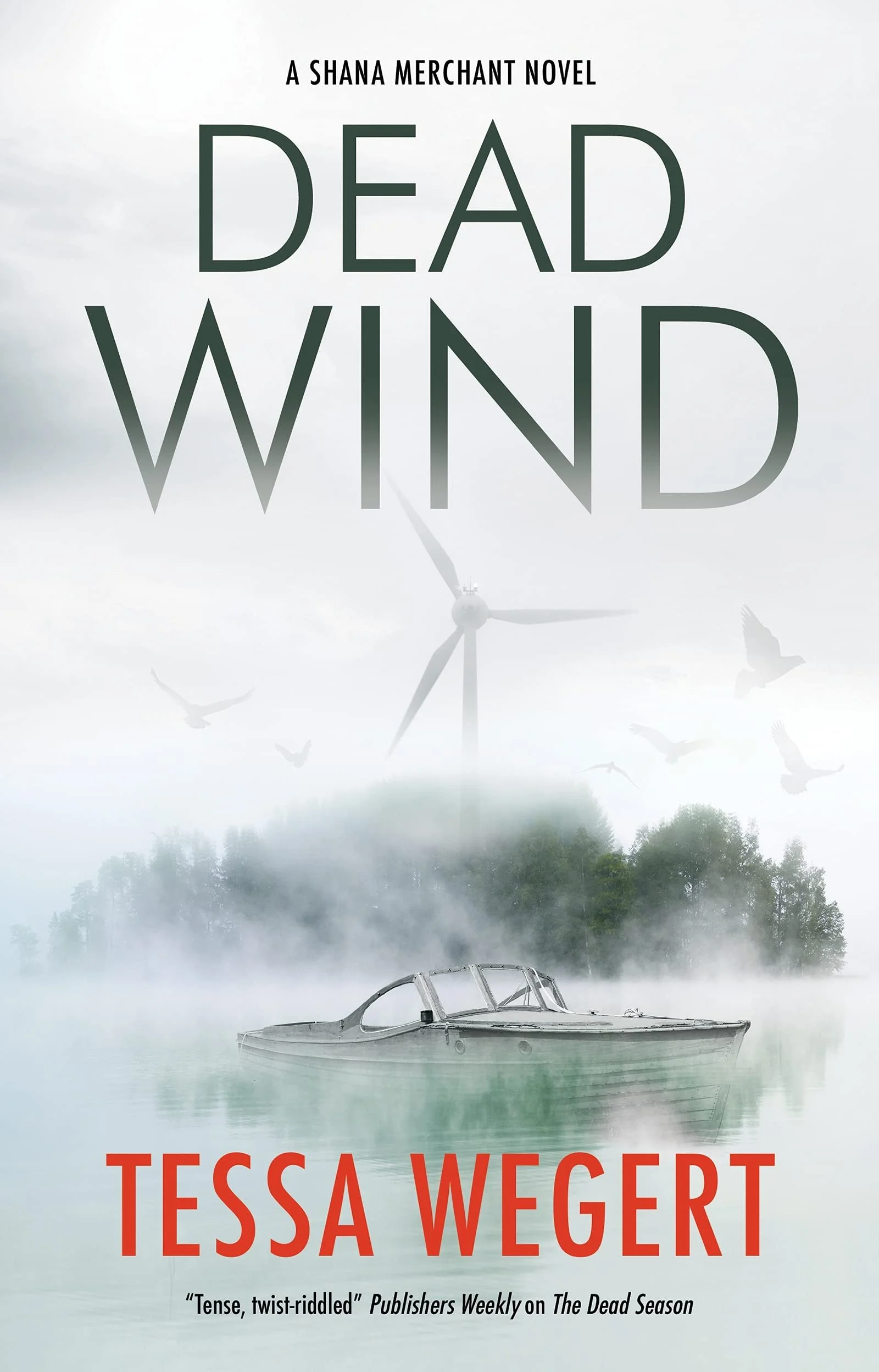Why Setting is Crucial in Crime Fiction
Why Setting is Crucial in Crime Fiction by Tessa Wegert
Take a second to think about the mysteries and thrillers you’ve read and enjoyed. Books that keep readers turning the pages tend to have something in common: they immerse you in the story. To really be engaged, readers have to be invested in the characters and their plight – and more often than not, setting contributes to creating the sense of urgency that keeps us reading deep into the night.
I’ve always had an affinity for novels with a strong sense of place, wherein the atmosphere becomes a character in and of itself. Setting a police procedural in a town fraught with social problems, or placing a murder mystery on rugged and remote terrain, can create a heightened sense of anxiety for the protagonist. It reminds the reader that danger lurks beyond the realm of the usual suspects.
Setting can also drive the plot itself. In a crime fiction subgenre like Nordic noir, for example, harsh winter climates that leave characters snowed in create a sense of claustrophobia. The literal darkness inherent to Scandinavian countries like Denmark, Finland, Norway, Sweden, and Iceland lend to the sense of hopelessness that often haunts investigators, victims, and suspects in these types of thrillers. Where would Ragnar Jónasson’s SNOWBLIND be without its quiet fishing village in Northern Iceland? What would Lars Kepler’s THE HYPNOTIST look like if it wasn’t set in glacial Tumba, Sweden?
It isn’t just Nordic noir titles that benefit from having a notable setting. Consider Jane Harper’s THE SURVIVORS. Set in a beachside town on the Tasmanian Coast, THE SURVIVORS is an evocative mystery built on a long-ago tragedy at sea, the repercussions of which are still felt by the victim’s family and friends. The sea caves that border the fictional town of Evelyn Bay factor into the plot. When Kieran Elliott, his girlfriend, and their infant daughter return to Kiernan’s hometown to help his parents pack up for a move, the area – coupled with a murder – summon painful memories Kieran would rather forget.
Erin Young’s recently published THE FIELDS is another example of crime fiction steeped in atmosphere. Small-town Iowa detective Riley Fisher is up against big agriculture, a drug epidemic, and her own painful past when the mangled body of a woman is discovered in a corn field. The field is owned by a farm cooperative that’s going head-to-head with big agra, and as you might imagine, this factors into the book’s plot. The distinctive mood and landscape of real-life Black Hawk County comes alive on the page through Young’s rich and lyrical prose.
When I sat down to write DEAD WIND, setting was at the forefront of my mind. I knew the third book in the Shana Merchant series would primarily be set in the Thousand Islands of Upstate New York. That said, I needed a specific location that was rife with opportunities to explore different facets of life in the North Country while creating the dark and sinister mood that’s consistent with the previous books in the series.
Five years ago, before I started working on the Shana Merchant books, I took a trip to Wolfe Island in Ontario, Canada. It’s a very flat, sparsely-populated landmass situated where the St. Lawrence River meets Lake Ontario. Something that sets Wolfe Island apart is that it’s home to a wind farm – one of the largest in Canada.
It was threatening rain the day I visited that wind farm, and I couldn’t get over how eerie it was. Those massive turbines loomed over the corn fields, which glowed jade-green in the gloomy light. The whole thing gave me chills, and I couldn’t shake the feeling that it would make an especially unsettling crime scene.
The topography of Wolfe Island, along with the history and culture of the Thousand Islands in general, guided my plot decisions. Those turbines on Wolfe Island spawned a fictional wind farm project near Watertown, New York, which in turn led to a character who’s an environmental activist, and a subplot about his opposition to the turbines. Without Wolfe Island and its wind farm, DEAD WIND wouldn’t exist.
I had a similar experience with the previous two books in the series. In DEATH IN THE FAMILY, I set the action on a wealthy family’s private island. New York State investigators find themselves trapped there with members of the Sinclair family, who woke up that morning to discover that one of their own was missing from his blood-soaked bed. Not only must Senior Investigator Shana Merchant and her partner Tim Wellington determine who’s responsible for the crime, but they’re forced to do it from within the lion’s den. In THE DEAD SEASON, book two of the series, Shana returns to her hometown of Swanton, Vermont upon learning that her estranged uncle is the victim of a homicide. She discovers the insular community that drove her away years prior holds the answers to not one but two crimes. In spite of Shana’s discomfort with revisiting her past life there, this setting becomes the key to her investigation.
When you boil it down, setting is a literary device that authors can wield to develop everything from plot to their characters’ motivations. It’s often the feature that sets a story apart, and that stays with readers for years to come.
So how important is setting in crime fiction? I would argue that when it comes to crafting an interesting and memorable mystery novel, it’s absolutely crucial.
Tessa Wegert is the author of the Shana Merchant series of mysteries, which includes DEATH IN THE FAMILY, THE DEAD SEASON, and DEAD WIND (2022). A former freelance journalist, Tessa’s work has appeared in Forbes, The Huffington Post, Adweek, The Economist, and The Globe and Mail. Tessa grew up in Quebec and now lives with her husband and children in Coastal Connecticut.
Why Setting is Crucial in Crime Fiction by Tessa Wegert





